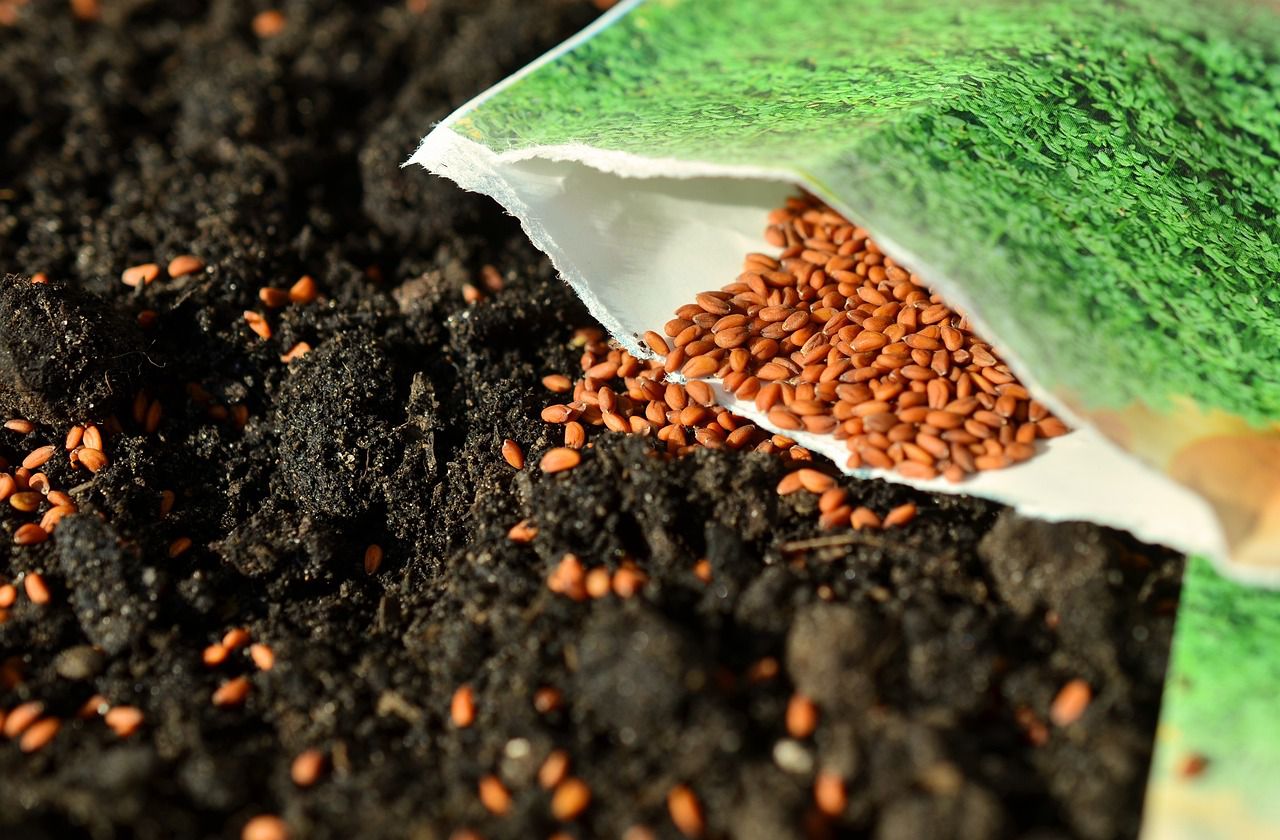Why seed placement matters: Gardening tips
When planting something new by using seeds, you should pay attention to the placement of seeds - it plays a huge role!
Proper depth and spacing matter a lot when it comes to growing healthy and thriving plants.
Here are a few tips to remember about when planting seeds.
Optimal Spacing
Each plant species has specific space requirements.
Planting seeds too closely can lead to overcrowding as they grow, resulting in stunted growth, poor air circulation, and increased susceptibility to diseases.

Proper spacing allows plants to thrive without competition for resources.
Sunlight Requirements
Plants have varying sunlight needs. Some require full sun, while others thrive in partial shade or full shade.
Placing seeds in the right location ensures they receive the appropriate amount of sunlight.
For instance, sun-loving plants won't flourish in the shade, and shade-loving plants may wither in direct sunlight.
Nutrient Accessibility
Soil contains essential nutrients for plant growth. Different plant species may have specific nutrient requirements.
Proper placement allows seeds to access the right combination of nutrients in the soil.
Placing seeds in nutrient-deficient soil can lead to nutrient deficiencies in the plants.
Watering Efficiency
Watering is a critical aspect of gardening. When seeds are correctly placed, it's easier to manage watering.
Plants with similar water needs can be grouped together, optimizing water use and preventing over- or under-watering.
Companion Planting
Proper seed placement also considers companion planting, where certain plants are planted near each other to benefit from their interactions.
Conclusion
The correct placement of seeds in your garden is essential for ensuring that each plant has enough space, sunlight, nutrients, and water to thrive.
It also plays a role in the health and productivity of your garden, as well as its visual appeal and overall organization.

